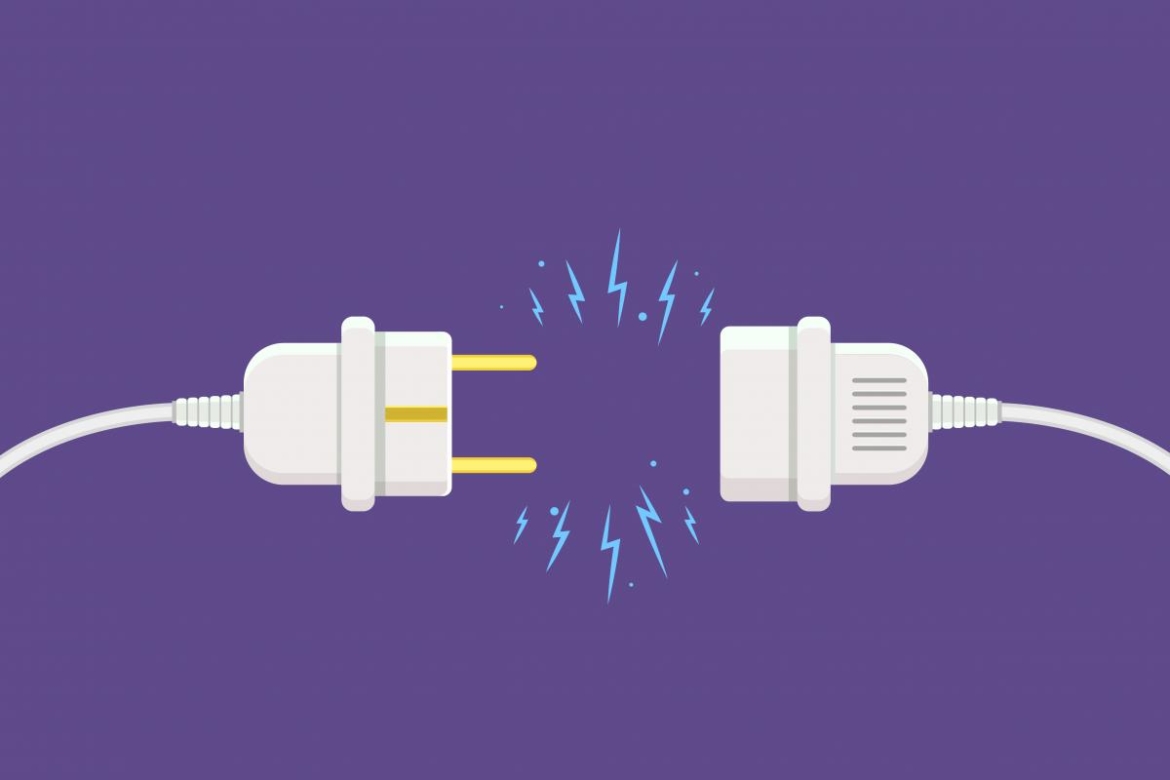Trials Of A First-Year Principal: Student Connection
Connecting with students is foundational to building a school culture where every student can learn.

By Christopher Bailey, Ed.D.
During the transition to a new position, on a new campus, in a new school district, it is easy to get hyper-focused on all the systems that need attention. If I have any hope of supporting the needs of each student on my campus, however, the most important system to evaluate is how to connect with kids.
Like one of my education heroes, Rita Pierson, explains in her “Every Kid Needs a Champion” TED Talk, “kids don’t learn from people they don’t like.” Connecting with students is foundational to building a school culture where every student can learn. Students feel safe when they know that the people charged with their care are invested in their wellbeing beyond the classroom. For some students, that might mean showing up to their athletic events. For others, it might mean spending time helping them with their homework. Regardless of the vehicle, student connection is paramount to student learning.
Buy A Pair Of Jordans
A few weeks into the school year, I noticed that students talked a lot about their shoes. On a campus that has a standardized dress, shoes seemed to be a place where students could show some expression and character. Nike Jordan shoes tended to be the shoe of choice for many students. So I bought a pair of Jordans to wear on the next spirit day.
The next Friday, I wore my new sneakers and started my day as I typically do, greeting students at the front door. I always try to strike up conversations with students, but on this particular day, more students engaged me in conversation than all the days before combined. What did they want to talk about? My shoes.
Throughout the day, the conversations continued. “Where did you get your shoes?” “What size shoe do you wear? Let’s trade!” “Do you like the Jordan 4s, too?” These superficial questions led to some more important conversations. One student that told me his story of getting his first pair of Jordans only to have his shoes stolen after he left them on his porch. He went on to talk, in his teenage vernacular, about how that experience taught him responsibility and taking care of his belongings. We got to talk about real life that day and about skills that will serve that young man for a lifetime, using a pair of shoes as an igniter to a connection that still grows today.
The shoes themselves were not important, but they served as a source of connection. Every day, we ask students to show up to school and conform to what we, the adults, value as important. Rarely do we give students real opportunity to talk about the things that interest them. I certainly have a long way to grow in this area, but every day I try to have a conversation with a student, beyond the pleasantry of salutations, about something they want to talk about. Those conversations don’t often center on school. They often center on social connection and conflict, home life, the challenges of growing up, and life after high school. In this digital age of days full of screen time saturation, it has never been more important to connect eye-to-eye with students and enter into conversations to develop a sense of human connection.
The Student Perspective
Being intentional in connecting with kids daily has allowed me to gain a better understanding of how students perceive learning on our campus. The student perspective, which in my opinion is the most important, has given me a better understanding of our strengths as a campus and areas to grow, both inside and beyond the classroom. Kids can be brutally honest about how they perceive school. As educators, we sometimes tend to minimize student thoughts when they differ from our own perspective. As we teach our students to practice a growth mindset, so too must we keep an open mind as we reflect on the perceptions of students in how we create the best place for them to learn.
Understanding student perspective is valuable in building a culture of connection within our school. My campus is a melting pot of diversity. When seeking feedback from students, I work to find students from different backgrounds to make sure I get a well-rounded perspective of how students feel when they come to school. If I only consult students in advanced classes, then I might lose the perspective of the special learner. If I only engage in conversations with students that do not struggle behaviorally, I will miss out on finding ways to make learning more meaningful for the kid that struggles to focus. Some of the best feedback I have gotten is from kids that require frequent redirection.
I challenge you to find ways to connect in conversation with students every day in topics that they choose. The student perspective window into the culture of our campus has been the most relevant to me as I continue this journey. As a bonus from all the conversations with adolescent kids, I get to laugh a lot every day.
Christopher Bailey, Ed.D., is principal of Clack Middle School in the Abilene Independent School District in Texas. Connect with him on Twitter at @stixbailey.




